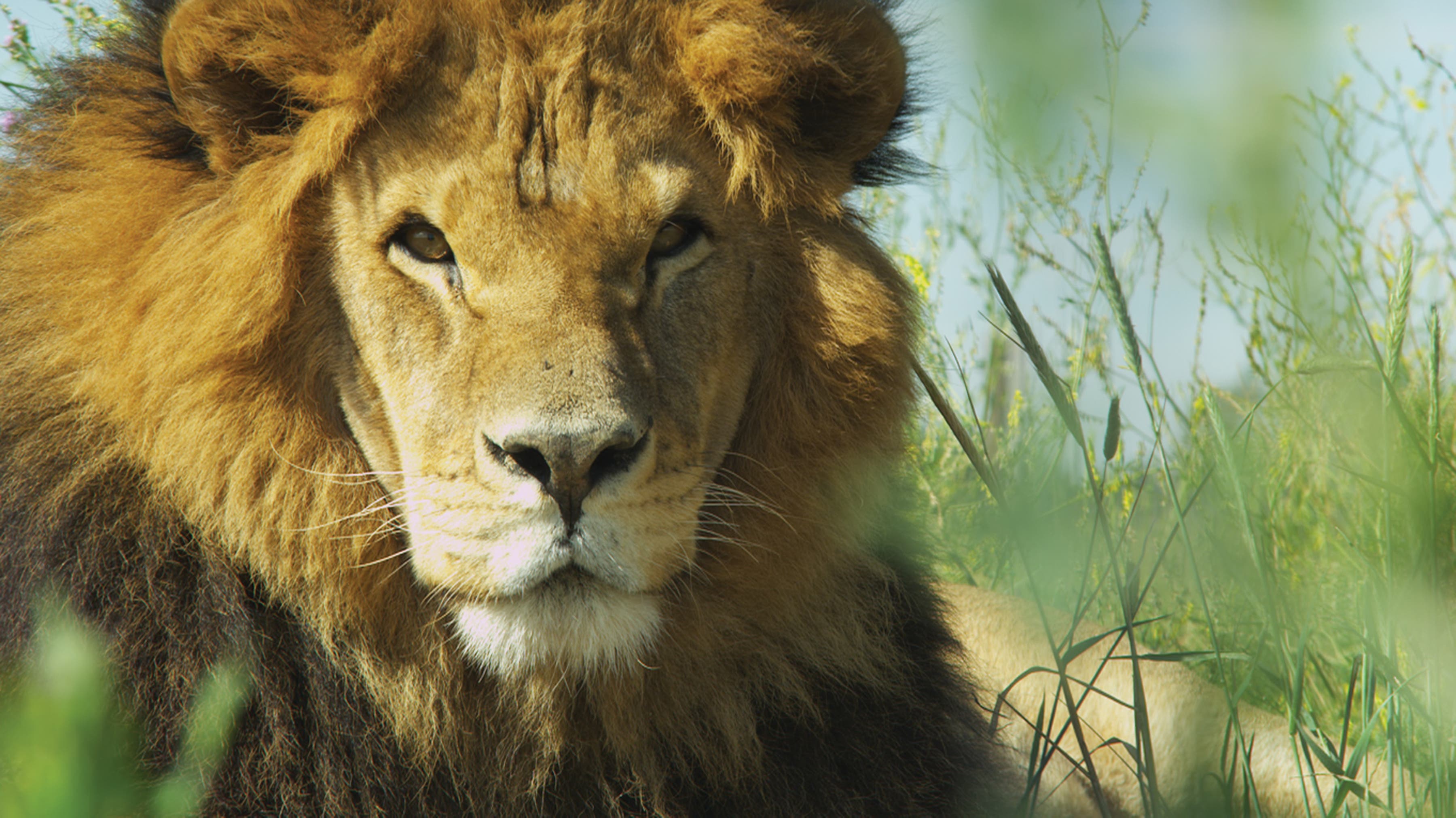Animal Rescue: Q&A with Tim Phillips, director of Lion Ark


“Lion Ark captures what it feels like to be on the frontline of animal rescue,” says the film’s director, Tim Phillips. Phillips is also vice president and cofounder of the nonprofit Animal Defenders International (ADI), which, as the film documents, undertakes the airlifting of 25 lions to a sanctuary in Colorado after liberating them from banned animal circuses in Bolivia. We talked to Phillips in anticipation of Lion Ark debuting in film festivals around the country.
How did the cofounder of an animal protection group become a filmmaker?
What happened was that we [ADI] secured this ban in Bolivia, and circuses defied the law; only one handed over their animals, so we decided to go out there to enforce the ban, and I thought this could be historic. Enforcement is a huge problem with animal protection laws. I thought, no one’s ever attempted this, to sweep through a country—Bolivia is a remote, spectacular country, about the size of California and Texas combined—and save all these animals. We took along a film crew because people need to see this; it shows that you can make a difference and that laws can be enforced effectively. We began filming, and it just unfolded like a drama. Because we were filming all the time, we were able to keep everything in the moment. I’ve seen lots of films that are retrospective: there’s an investigation or an expose, and people look back and say this is how I felt when I did this. What’s special about Lion Ark is that you get the feelings of people as they’re actually saving these animals, so it’s more visceral. And as things went wrong, we’d record them, because I believed we’d succeed ultimately.
What does the film reveal about lions that might surprise viewers?
I’m lucky to have seen lions in the wild, and of all the cat species, lions are incredibly social. They really do need each other. We worked hard to give the lions a voice, and not in an anthropomorphic way. Every morning the lions roar; they communicate with each other, and they say, “Hey, I’m here,” and it becomes quite a crescendo. So we punctuated the film with those roars. There’s a lovely scene at the Denver airport where [each in a travel crate] the lions begin roaring, and Jan [Creamer, president and cofounder of ADI] says, “This is them talking to each other. It’s a family of eight and they don’t know where they all are, and they’re finding each other.” This story isn’t just about us as human rescuers, it’s about the journey of these lions.
How can we experience wildlife firsthand without disrupting the animals’ natural behavior?
The ideal is to go and see animals in the wild, but I think sometimes people want the package deal of, I’ll click x number of animals off my list, rather than see what’s around me. On a more practical level, the Wild Animal Sanctuary in Colorado, where we took the lions, is open to the public. My initial thoughts were, OK, let’s see how that goes because it can be a fine line between sanctuaries and zoos. But what they’ve done is build really high walkways, so viewing by the public is nonintrusive—you look out across where the animals live. Also, the enclosures are absolutely enormous; the family of eight we saved has 25 acres. One of the things I was very proud of about this operation is how these lions that were so damaged have been rehabilitated, and they live as close as you can get to releasing them in the wild.
The film touches on the Traveling Exotic Animal Protection Act (TEAPA), introduced in the U.S. Congress by Rep. Jim Moran. What’s the progress on the bill?
TEAPA failed [to be passed during the Congressional term in which it was introduced] at the end of last year, but Congressman Moran is committed to reintroducing the bill. The hope is that the bill will be tabled in [the new] Congress later this year. It’s a question of building support; if a bill fails, you try and ensure that the people who supported it before give it their backing, and you hope to add more. If people want to eliminate animal suffering with legislation, then it is vital that we get on that road as quickly as possible and be determined to stay the course. In Bolivia it took three attempts over several years, but now no animals are in circuses there at all, and four neighboring countries have followed suit. For the animals, these are the prizes worth fighting for, and that means to keep going for as long as it takes.